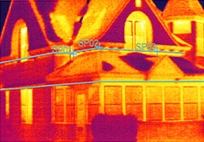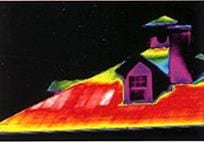Normal home inspections and home inspectors do not use thermal imaging, which is sometimes referred to as “infrared.” This equipment can be expensive but provides an infinite amount of information to help the inspector analyze your house.
An infrared camera is able to produce images of invisible infrared or heat radiation, providing the inspector with exact temperature measurements if needed. Thermal energy (light) is not visible to the human eye because its wavelength is too long. By using thermal imaging, the visual images add another layer to your other senses (smell, sight, hearing and touch) and can be further confirmed with other tools, like a moisture meter.
While we could go deeper into the methodology and science behind infrared technology, our time would be better spent providing you with three of the many benefits of using infrared during a home inspection:
1. Infrared testing provides detailed information about the condition of your home
Providing temperature readings far beyond the capabilities of the human eye, infrared technology can instantly provide detailed insight into the condition of systems and the home. Whether you’re looking for HVAC issues, moisture intrusion, insulation or energy, infrared imaging can detect the issues very rapidly.
2. Infrared testing can reveal hidden issues
Again, because of its ability to capture more information than the human eye you will learn about current issues and areas where your home is at risk for developing an even larger issue. Issues infrared can detect include: water problems, missing or fallen insulation, clogs in plumbing systems, radiant heat issues and HVAC deficiencies.
3. Infrared is a tool that tells you your home inspector is serious about his profession
By hiring an inspector who uses infrared technology, you are increasing your chances of getting a superior home inspection and working with a home inspector that wants to provide the most accurate information to their client, for the same fee as a normal inspector.

